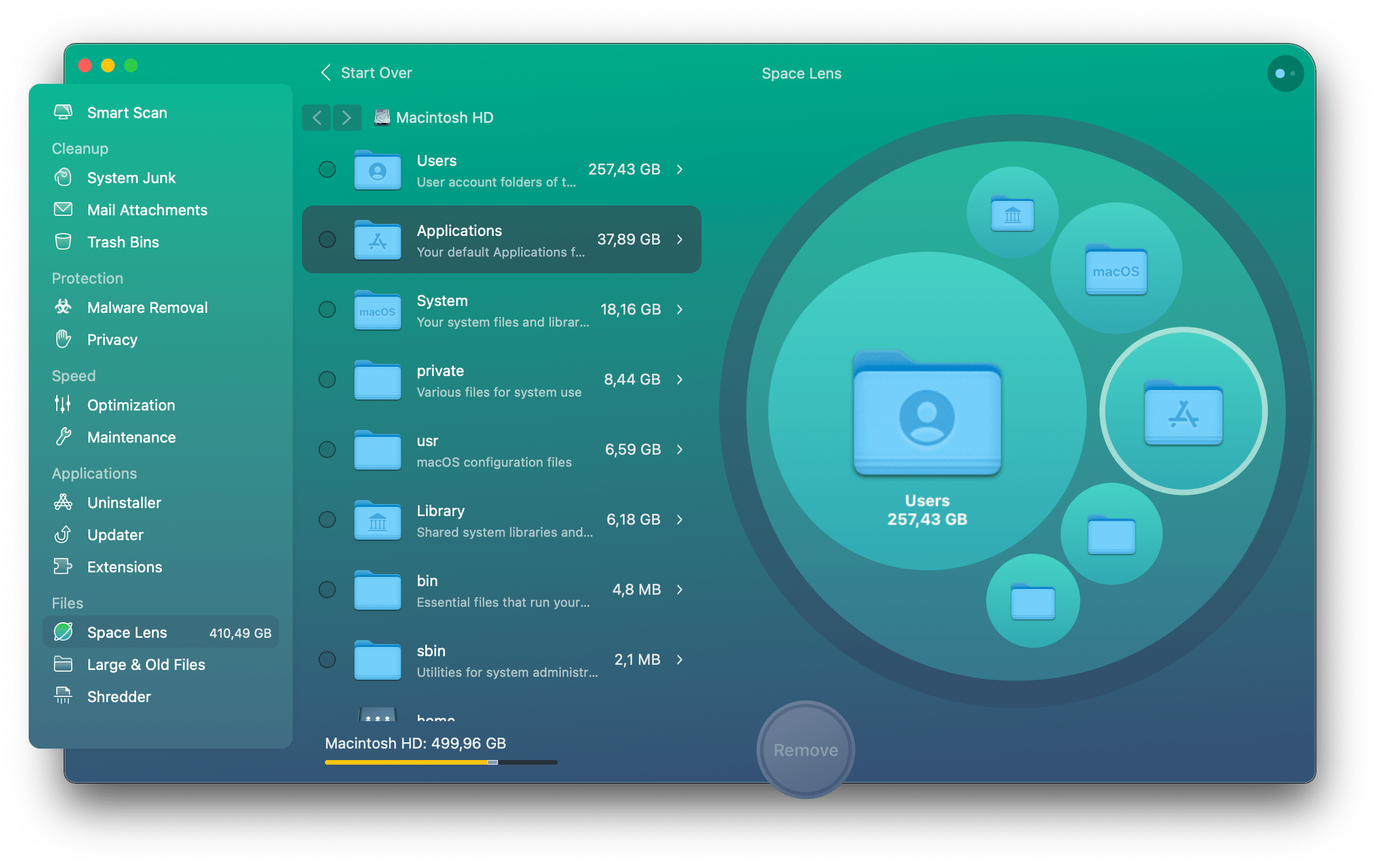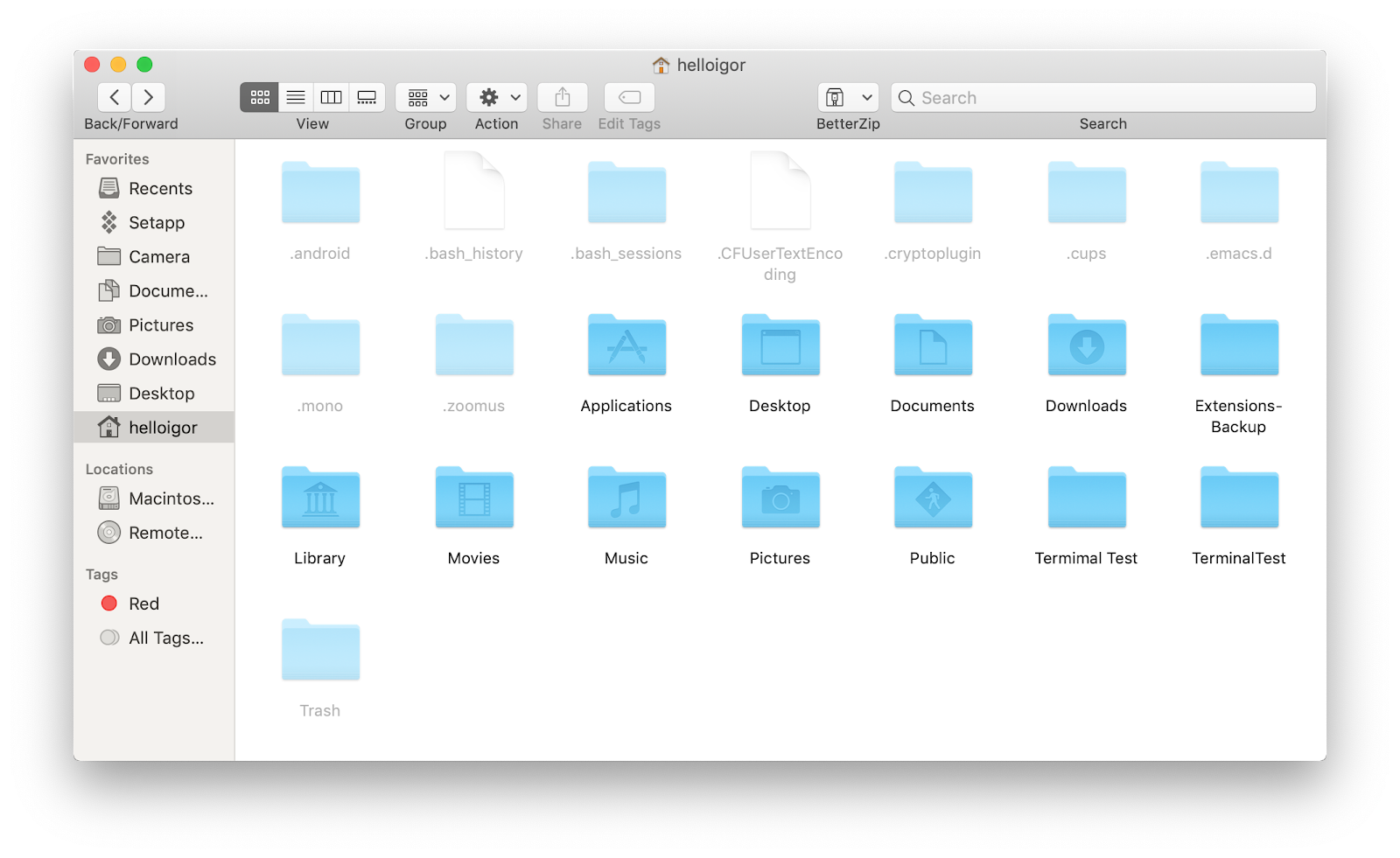
- #Write file paths for mac how to#
- #Write file paths for mac for mac#
- #Write file paths for mac archive#
- #Write file paths for mac full#
Select the item and press Command-I to open the information window for it, and then locate the path in the General section next to the keyword "Where."
#Write file paths for mac full#
The first option is to use the information window for the item, which will show you the full path to it up to its parent folder. To copy the file path of a file or folder as a text string that you can paste into another document, there are several approaches you can take: You can select the path to the file's parent folder in an info window and copy it. However, these approaches do not give you the option to copy the file path as text. If you would like to instead just get the file path of the selected document, you can use the Finder's "Show Path Bar" option in the View menu, open the document in a program and use the path menu, or by searching for the item in Spotlight followed by holding the Option and Command keys while hovering your mouse over a search result to reveal its path in the preview window. The same goes for dragging and dropping files from the Finder they similarly may be handled either as file names or as icon or content objects. In some cases the program will only paste the file name, but in others it may try to embed the file's contents or its icon where you have pasted. olm extension.Sometimes you may wish to get the full path of an item in the Finder, and while there are several ways to access file paths, not all will allow you to extract them as text to paste into documents you may be composing.įor example, if you select a file in the Finder and press Command-C to copy it, the behavior when pasting it will be different, depending on the program being used.
#Write file paths for mac for mac#
On the File menu, select Export > Outlook for Mac Data File.Ĭhoose to filter by category or item type. To export all items in Outlook, select Items of the following types, and then select all the check boxes.Ĭlick the right arrow to continue, and then follow the instructions. The Outlook for Mac Data File uses the.

During the export process, you can choose to keep the exported items in Outlook, or to delete them after they are exported.

Similarly, you might want to export all your contacts on your home computer and then import them on your work computer. For example, if you want to transfer networking information from your work computer to your home computer, you could export only items that you've assigned to the Networking category. When you export to an Outlook for Mac Data File, you can choose to filter information by category or by item type.
#Write file paths for mac archive#
This is not available in Outlook 2011 for Mac, but you can set up your own data backup - see Automatically archive or back up Outlook for Mac items. Note: In Outlook for Windows, older Outlook items are archived automatically on regular intervals, also known as AutoArchive. Use Time Machine to automatically archive or back up items in Outlook 2016 for Mac pst file into Outlook 2016 for Mac from Outlook for Windows The Outlook team actively monitors this forum. To request additional export options, visit the Outlook Suggestion Box to leave your feedback. The only export option available at this time is the. I want to export to iCloud or to some other type of archive file
#Write file paths for mac how to#
Choose Finish.įor information on how to access the data that you've saved in an Outlook for Mac Data File (.olm), see Import email messages, contacts, and other items into Outlook 2016 for Mac. Once your data has been exported, you'll get a notification. In the Save As box, under Favorites, choose the Downloads folder, and click Save. In the Export to Archive File (.olm) box, check the items you want to export, and choose Continue. If all Outlook updates are applied and you still don't see the Export button, look for Export on the Outlook File menu.

On the Outlook Help menu, click Check for Updates. Note: Don't see the Export button? Make sure you have the latest version of Outlook.


 0 kommentar(er)
0 kommentar(er)
